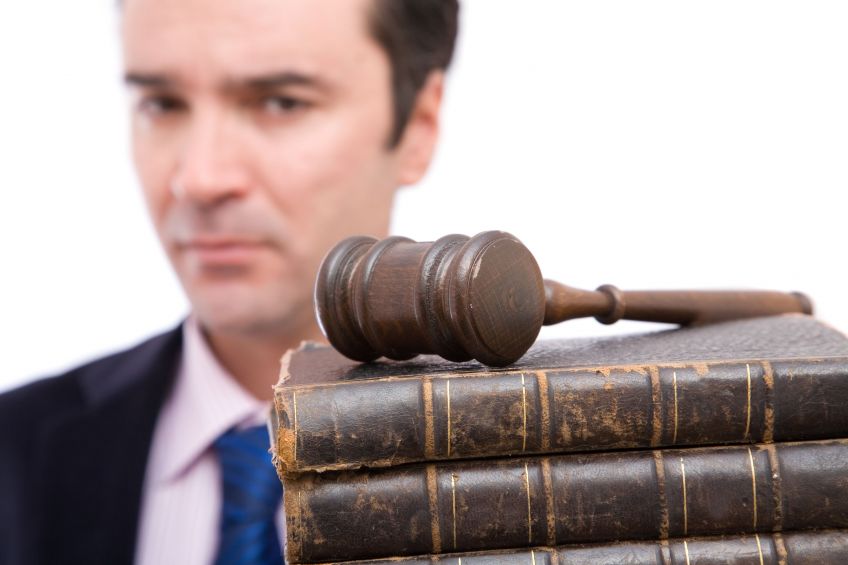An automatic stay is available through bankruptcy. It prevents a lender from seizing the property through foreclosure. The process stops the foreclosure of the property and allows the buyer to catch up any late payments. Before consumers acquire this benefit, they must start a bankruptcy claim.
How to Stop a Foreclosure in Ohio
To stop foreclosure, the consumer must prove their eligibility for bankruptcy. To qualify for chapter 13 bankruptcy, the consumer must have an income that is greater than $48,081. This is the median for Ohio. For chapter 7, the consumer’s properties and assets should offer enough proceeds to pay off their debts. The court reviews income, property, and assets during the qualification process.
What Are the Differences Between the Chapters?
Chapter 13 takes up to five years to complete. It offers a repayment plan to settle all debts through the duration of the case. The court assigns a monthly payment based on all the consumer’s income sources. They take all monthly obligations and household expenses into account. All expendable income that isn’t used for the bankruptcy should be applied to debts that aren’t in the claim. The automatic stay lasts for up to five years.
Chapter 7 is liquidation of assets and properties. A trustee supervises the sale of all properties and assets. They present the consumer with the exempted value. The rest of the funds generated are submitted to the creditors listed in the claim. The automatic stay lasts for up to six months only.
The Meeting of Creditors
A meeting of creditors allows all creditors to approve the inclusion of their accounts into the claim. All approved accounts are managed through the bankruptcy. Any denial of inclusion requires the consumer to make alternative arrangements to pay off the debts.
Filing bankruptcy will stop foreclosure and repossession. The chapter selected determines how much protection the consumer acquires. The terms of their bankruptcy determine if they have the opportunity to catch up these debts quickly. In some instances, the late charges and delinquency status are overturned. The type of bankruptcy identifies how and when the consumer may begin to restore their credit. To learn more about these opportunities, visit Thompsonanddeveny.com today.
For more updates, follow us on Facebook.








